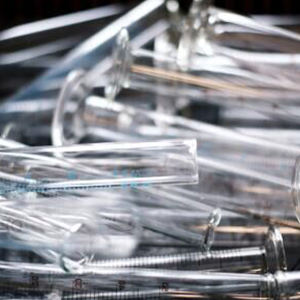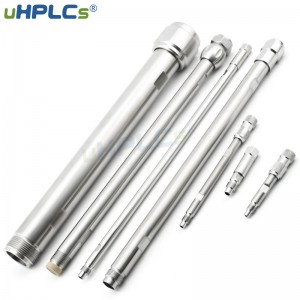High-performance liquid chromatography (HPLC) is a reliable technique for extracting and purifying the sweetener xylitol. Xylitol is widely used as an alternative sweetener in the food industry; it has a similar sweetness to sucrose, with only two-thirds of the calories. This five-carbon sugar is present in many plants, but mostly at low concentrations (~1%), making extraction and purification costly. Therefore, xylitol has so far been produced mainly by chemical methods using catalytic xylose dehydrogenation.
I. Introduction of HPLC in xylose conversion
An attractive alternative is a conversion of xylose from biomass (e.g. wheat straw) to xylitol by fermentation. This process allows sweeteners to be produced at high yields under mild conditions (atmospheric pressure and ambient temperature), free of harmful chemicals.
Once the microorganisms have synthesized the desired xylitol, it can be extracted and purified by high-performance liquid chromatography (HPLC), a fast, accurate and reproducible technique for qualitative and quantitative analysis. In addition, once the HPLC method is optimized for a specific substance, the process is mainly automated, reducing time and cost.
To optimize the HPLC process, the different components of the HPLC system (pumps, valves, columns and detectors) should be carefully considered. HPLC pumps are responsible for driving the sample solution through the chromatograph at a specific flow rate (mL/min) to achieve optimal separation of the different components of the sample.
Valves are ubiquitous in HPLC applications. Using multi-bit valves is ideal for xylitol extraction and purification processes as it allows the collection of only the specific fraction containing this sugar.
II. HPLC Columns
The HPLC chromatographic column (stationary phase) is the site where the components of the sample solution (mobile phase) are separated. These components will interact with the stationary phase to varying degrees, causing them to elute at different times and allowing for specific extraction and purification of the target substance.
uhplcslab has a wide selection of HPLC columns with different physical and chemical parameters that allow for the efficient separation of many substances.In addition to a series of HILIC stationary phases released by uhplcslab in recent years, columns introduced specifically for HILIC include the USHA Diol, USHA sil and USHB sil series. They can be used for various polar and basic compounds, including polar pesticides (glyphosate), undifferentiated amino acids and ultra-short chain PFAS analysis.
Several detection methods are available for HPLC: UV, electrochemical, evaporative light scattering (ELS) and reflectance index (RI). Since xylitol does not contain any chromophores, the most suitable HPLC detectors for this purpose are ELS (for analysis only) or RI.
Recently, scientists have optimized the purification of xylitol in a batch process using an HPLC purification system, and the team achieved >99% recovery of xylitol from the fermentation mash with >99% purity. A reduction in elution time and an increase in feed volume were also achieved compared to previous protocols, demonstrating that HPLC can achieve efficient and accurate purification of xylitol.
Post time: Aug-04-2022









